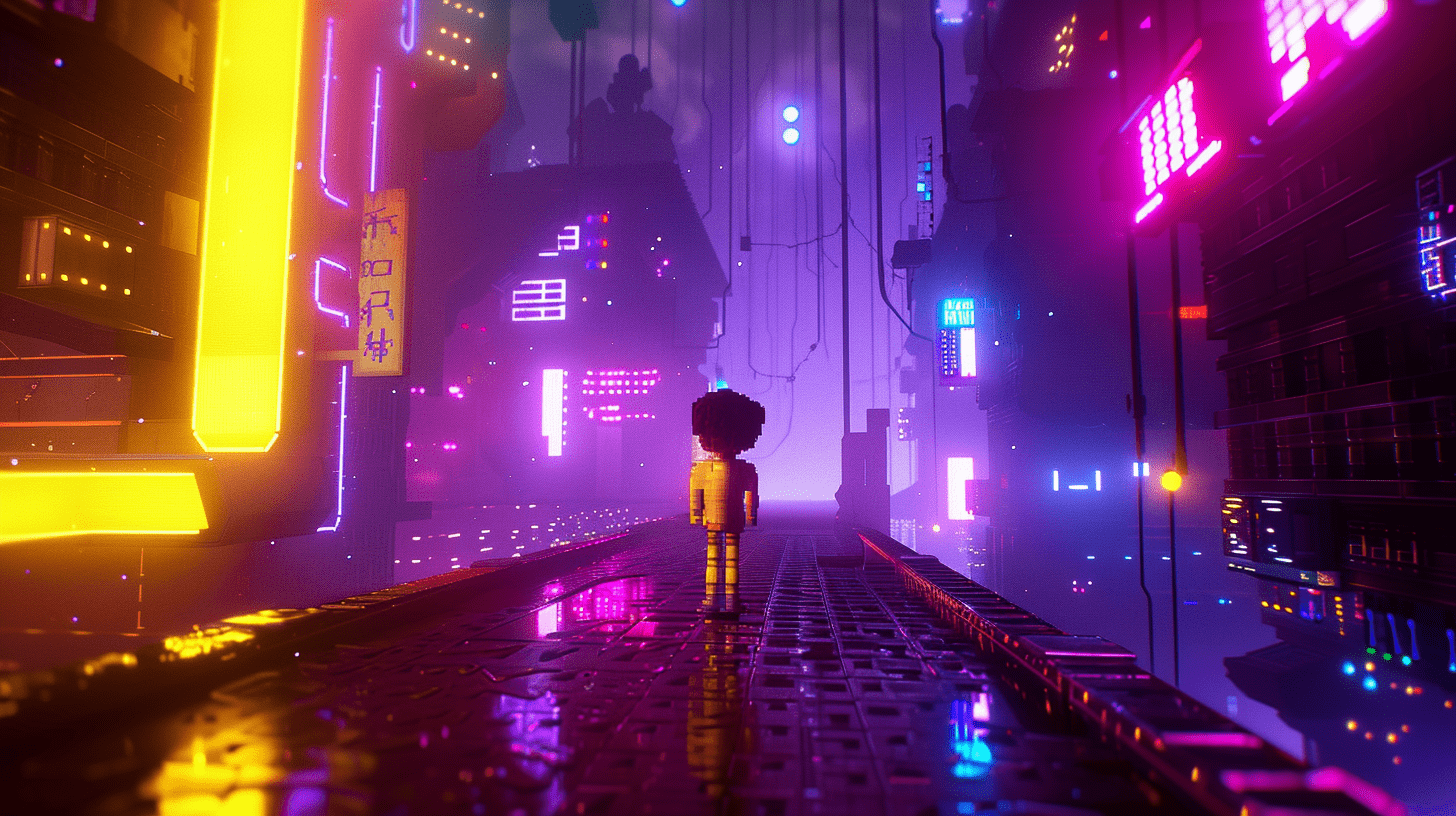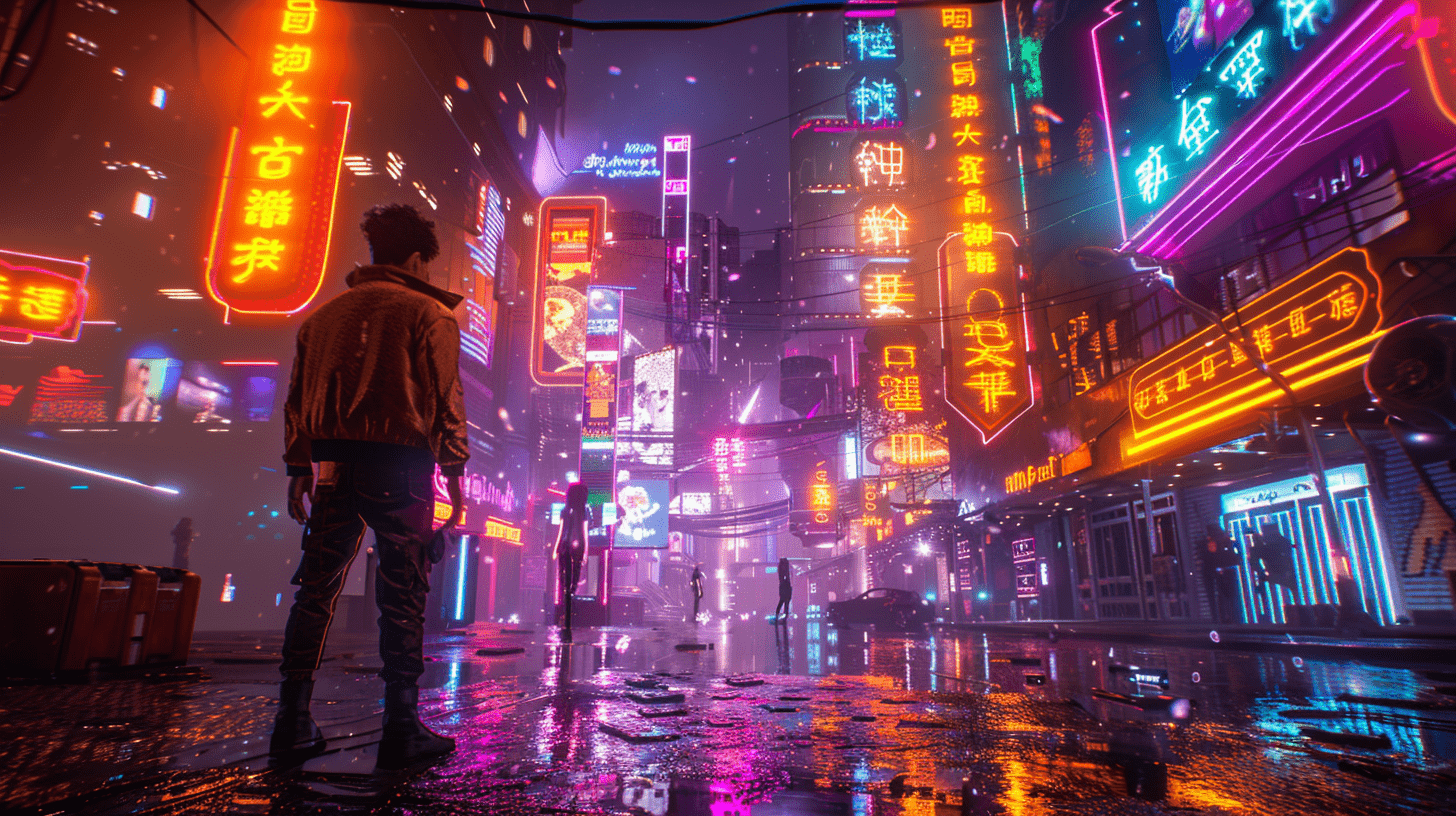NFT Games in 2025: The Truth About Making Money in Gaming

The NFT market's experience shows a dramatic shift from $6 billion in monthly sales to $450 million in 2024, which paints a clear picture of where NFT games might head in 2025. The market saw a 70% drop from its peak, yet the industry remains strong with a projected 9.10% growth by 2028.
Axie Infinity and similar titles showed that NFT gaming creates real income opportunities through different methods. Players can now own digital assets, trade them in marketplaces, and earn passive income through staking. The potential goes beyond flashy headlines about million-dollar sales. The practical side of earning potential needs a closer look in this evolving digital world.
This piece gets into the current NFT gaming landscape and explores earning opportunities. Players will find practical strategies to participate effectively in this digital economy.

The Current State of NFT Gaming in 2025
The blockchain gaming industry grew at an amazing rate in 2024. Investment reached USD 1.10 billion in Q2 — a 314% jump from the last quarter. This growth shows how NFT games 2025 have matured, and experts think the global blockchain gaming market will hit USD 90.00 billion by 2030.
Popular NFT games and their earning models
Axie Infinity leads the pack of play-to-earn games with over 2 million monthly users. Players complete levels to make their characters stronger and win matches to earn tokens. These tokens help breed new characters that players can sell or use in games. Other big names include Alien Worlds with 2.5 million users, and Gods Unchained where players earn rewards from battles, weekly quests, and ranked events.
These games make money in several ways:
- Play-to-earn mechanics: Players earn cryptocurrency tokens by completing tasks and winning battles
- Asset trading: Players can sell their in-game items as NFTs on marketplaces like OpenSea
- Land ownership: Games like Decentraland let players rent out virtual real estate, with monthly rates from USD 2.00 to USD 10,000.00
- Scholarship programs: NFT owners can get 50-60% of earnings by lending their assets to players
Average player earnings: expectations vs. reality
The hype doesn't match reality when it comes to earnings across the ecosystem. Most players earn about USD 500.00 per month. Marketing materials claim you can make up to USD 100.00 per day. All the same, many newcomers face a big gap between what they expect and what they actually earn.
Axie Infinity ties earnings to game mechanics and market demand. Players get local cryptocurrency through battles, quests, or rental income. Your earning potential depends on how much time you put in, your skill level, and starting capital — facts that marketing materials often downplay.
Entry costs and investment requirements
Starting your NFT gaming experience usually needs upfront money. Axie Infinity players must buy at least three Axies, which can cost quite a bit. Yes, it is true that entry costs change based on the game's complexity, visual quality, and blockchain integration.
Some games like Sorare and parts of Gods Unchained let you play for free, but you'll need to buy assets to earn more. Many new players look for games with USD 50.00 entry fees, hoping to make their money back in 15 days — but this rarely happens.
Market ups and downs affect both NFT values and cryptocurrency prices, which makes steady earnings hard to maintain. Security problems are systemic, as the Axie hack showed when players lost lots of money without any insurance or way to get it back.

How Players Actually Make Money in NFT Games
NFT games in 2025 go beyond traditional gaming's pay-to-play model and give players multiple ways to earn money. The earning potential has grown substantially, creating real opportunities for committed players.
Play-to-earn mechanics explained
The core earning system in NFT games 2025 centers on valuable rewards from in-game activities. Players earn cryptocurrency tokens or NFT items when they win PvP battles, finish daily quests, and level up in the game. To name just one example, Axie Infinity rewards players with Smooth Love Potion (SLP) tokens through battles and daily missions that they can exchange for real money. Players can earn rewards both online and offline, which creates passive income through features like character staking.
Trading digital assets on marketplaces
Digital ownership marks a transformation in what is NFT gaming. Players trade their in-game assets on dedicated platforms like OpenSea and Immutable X. These marketplaces take a commission between 2.5% (OpenSea) and 15% (Nifty Gateway), which stays well below traditional art gallery fees. The market value of gaming NFTs changes based on their rarity, usefulness, and player interest, with rare items fetching high prices.
Creating and selling in-game content
Players can make money by creating digital content too. Games like The Sandbox enable users to design and sell 3D assets as NFTs, build virtual land, and rent or sell these properties at a profit. Content creators get royalties from future sales, which builds lasting income streams from popular items after the original sale.
Scholarship programs and guilds
Scholarship programs help players who don't have starting capital. Organizations like Yield Guild Games lend NFT assets to new players ("scholars") who share their earnings with the guild. Scholars keep 70% of what they earn, while the guild gets 10% and scholarship managers receive 20%. This system has helped over 30,000 players join without big upfront costs, which benefits people in developing economies.

Real Success Stories and Cautionary Tales
The world of NFT games 2025 has seen its share of soaring wins and crushing defeats. Players who jumped in early and those who joined recently have learned valuable lessons that can help newcomers.
Case studies of top earners
Fantasy.top stands out as a true success story. Content creators earn great rewards through its unique model. The platform gives influencers 1.5% of their NFT card's trading volume and 10% of pack sale revenue. One trader, Ansem, pulled in $18,000 in a single week. Early players who bought gaming NFTs like CryptoKitties saw huge returns as rare collectibles sold for big money. The virtual real estate market in Decentraland proved profitable too, with users buying and making money from virtual land.
Failed NFT game projects and lessons learned
The failure rate tells a different story. A newer study, published in 2023 by CoinGecko shows that 77% of blockchain games launched between 2018 and 2023 failed. During 2022, 742 games shut down completely. Metroverse collapsed despite heavy funding, leaving players asking about their development funds. Friendsies vanished after launch, which sparked outrage in the community. Big gaming studios like Ubisoft and STALKER 2 developers had to cancel their NFT plans after fierce player backlash.
Risk factors to think over
The market's ups and downs aren't the only concern. These risks just need attention:
- Security vulnerabilities: Hackers stole over $600 million in the Axie Infinity breach
- Scams and fraud: Fake NFTs, phishing attacks, and rug pulls happen often
- Financial barriers: Getting started costs too much — some Axie characters cost $256 compared to $90 for AAA games
- Regulatory uncertainty: Different laws in different regions create compliance issues
The story of NFT gaming shows that success depends on being open with users, involving the community, and keeping everything secure.

Practical Strategies to Maximize Your Earnings
Success in NFT games 2025 comes from smart planning rather than pure luck. Your earning potential depends on smart decisions about where you put your time and money.
Game selection criteria for profit potential
The right game choice sets the foundation for any money-making strategy. Skip the fancy graphics and marketing hype. Your focus should be on the dev team's track record and blockchain expertise. A strong, active player community shows the game will last and grow naturally. The in-game economy needs protection from inflation and fair token distribution. You should also think over:
- The blockchain's fees and processing speed
- How easy the game is to play
- Room for future growth
Good games always show clear token economics and real value beyond speculation.
Building valuable NFT collections
Your gaming NFTs should offer real utility, not just good looks. Market data shows NFTs tied to real-life collectibles hold their value better than purely digital ones. Rarity alone won't guarantee returns. The items that help players do better in the game tend to keep their worth longer. That's why you need to learn about each asset's uses before buying.
Time management and ROI calculations
Keep close track of your hours to know your actual earnings. A full picture of ROI needs all costs, including gas fees, which can help with taxes. Here's the basic math:
ROI (%) = (Net Profit from NFT Activities / Cost of Investment) × 100
Investment costs cover your asset purchases, fees, and time value. The best approach is to spread your activities across games to lower your risks.
Tax considerations for gaming income
What is NFT gaming income when tax season arrives? NFT trades count as taxable events, whether you make money or lose it. The IRS sees NFTs as property, which means capital gains tax applies. NFT collectibles might face higher long-term capital gains rates up to 28% instead of the usual 20% cap. You'll need good records of:
- When you bought and at what price
- When you sold and for how much
- Market value during trades
- All fees paid
Getting professional tax help makes sense since NFT accounting gets tricky fast and goes beyond what regular tax software can handle.

Conclusion
NFT gaming sits at a vital crossroads of entertainment and financial chances. Market volatility remains a constant challenge, yet strategic players can still find ways to earn meaningful income. Players just need to think over entry costs, time investment, and risk management instead of chasing quick wealth dreams.
Real-life results show that making money in NFT gaming works best with a mix of different games. Smart players do their homework before investing and keep track of what they spend and earn. They definitely need to consider tax requirements and keep detailed records of transactions as regulations keep changing.
The NFT gaming future looks bright, though not exactly as first predicted. Real earnings come from well-planned strategies, player involvement, and staying power rather than overnight riches. The smartest players pick games with solid foundations, clear tokenomics, and actual usefulness beyond speculation.
Players who grasp these facts and tweak their game plan have the best shot at success in this ever-changing digital world. Success doesn't come from following trends. It comes from building lasting strategies based on solid research and smart risk management.
